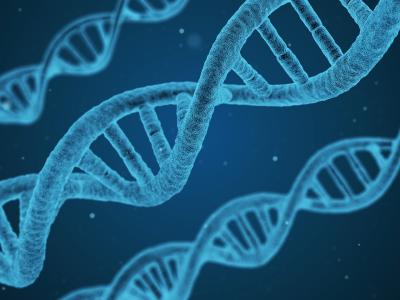Dataset Entries from this Author

Photoplethysmography (PPG) is a low cost non-invasive
optical technique that can be used to assess changes in tissue
blood volume [6]. This method provides valuable information
related to the cardiovascular system. The tissue's region is
illuminated using a light source and a photodetector records
the reflected light, which varies depending on the presence
and concentration of RBCs and their oxygenation levels.
Depending on the oxygenation level of hemoglobin, RBCs
absorb light in different ways. When blood volume in the
- Categories:

Photoplethysmography (PPG) is a low cost non-invasive
optical technique that can be used to assess changes in tissue
blood volume [6]. This method provides valuable information
related to the cardiovascular system. The tissue's region is
illuminated using a light source and a photodetector records
the reflected light, which varies depending on the presence
and concentration of RBCs and their oxygenation levels.
Depending on the oxygenation level of hemoglobin, RBCs
absorb light in different ways. When blood volume in the
- Categories:

This paper presents a novel method for non-invasive, cost-effective, and convenient dengue (DNG) detection through smartphone-captured fingertip videos. The proposed method has utilized the ubiquitous technology of smartphones, specifically the camera and built-in light source, to capture photoplethysmog-raphy (PPG) signals for identifying DNG. This contrasts sharply with traditional needle-based methods.
- Categories:
Since the majority of people have smartphones, the Hb level can be determined using the smartphone's video through PPG signal as opposed to the traditional approaches, which still require the use of a needle to puncture a vein. This study enrolled 108 subjects who underwent a clinical test, with their hemoglobin (Hb) level within the range of 6.6 to 16.5 g/dL.
- Categories:

Since the majority of people have smartphones, the Hb level can be determined using the smartphone's video through PPG signal as opposed to the traditional approaches, which still require the use of a needle to puncture a vein. This study enrolled 108 subjects who underwent a clinical test, with their hemoglobin (Hb) level within the range of 6.6 to 16.5 g/dL.
- Categories:

Since the majority of people have smartphones, the Hb level can be determined using the smartphone's video through PPG signal as opposed to the traditional approaches, which still require the use of a needle to puncture a vein. This study enrolled 108 subjects who underwent a clinical test, with their hemoglobin (Hb) level within the range of 6.6 to 16.5 g/dL.
- Categories:

Since the majority of people have smartphones, the Hb level can be determined using the smartphone's video through PPG signal as opposed to the traditional approaches, which still require the use of a needle to puncture a vein. This study enrolled 108 subjects who underwent a clinical test, with their hemoglobin (Hb) level within the range of 6.6 to 16.5 g/dL.
- Categories:

Since the majority of people have smartphones, the Hb level can be determined using the smartphone's video through PPG signal as opposed to the traditional approaches, which still require the use of a needle to puncture a vein. This study enrolled 108 subjects who underwent a clinical test, with their hemoglobin (Hb) level within the range of 6.6 to 16.5 g/dL.
- Categories:
